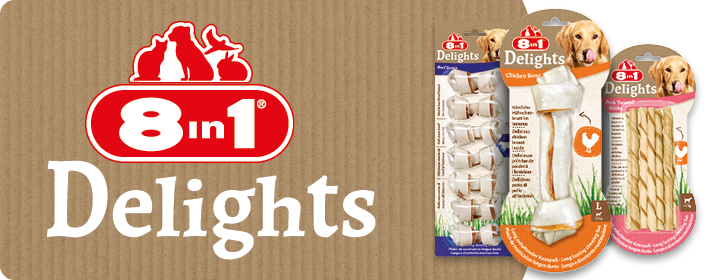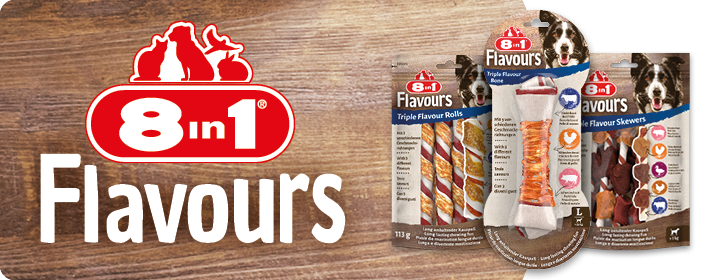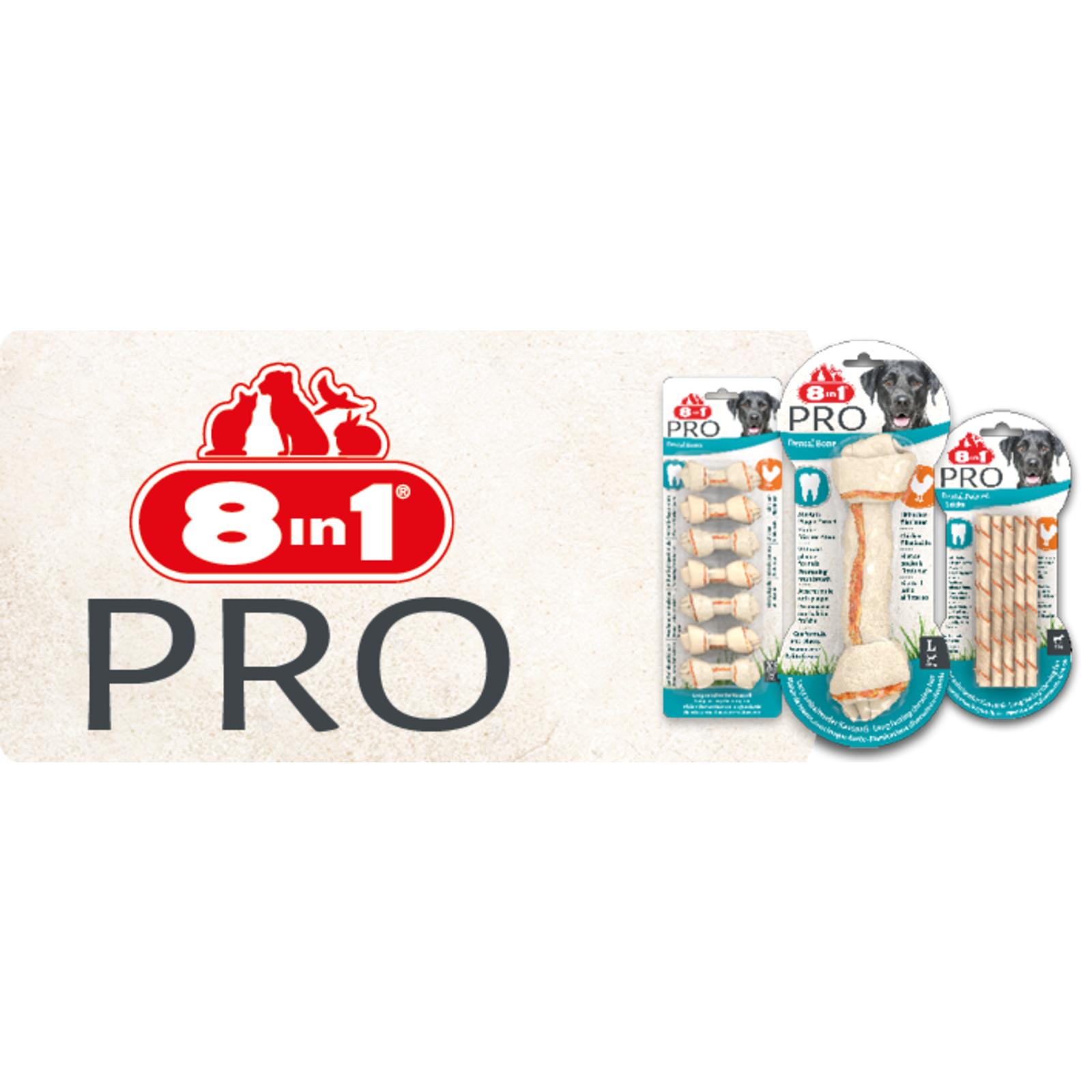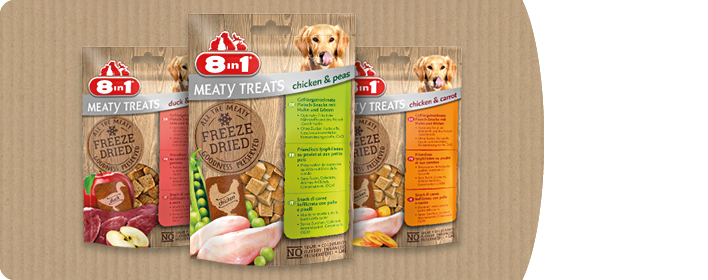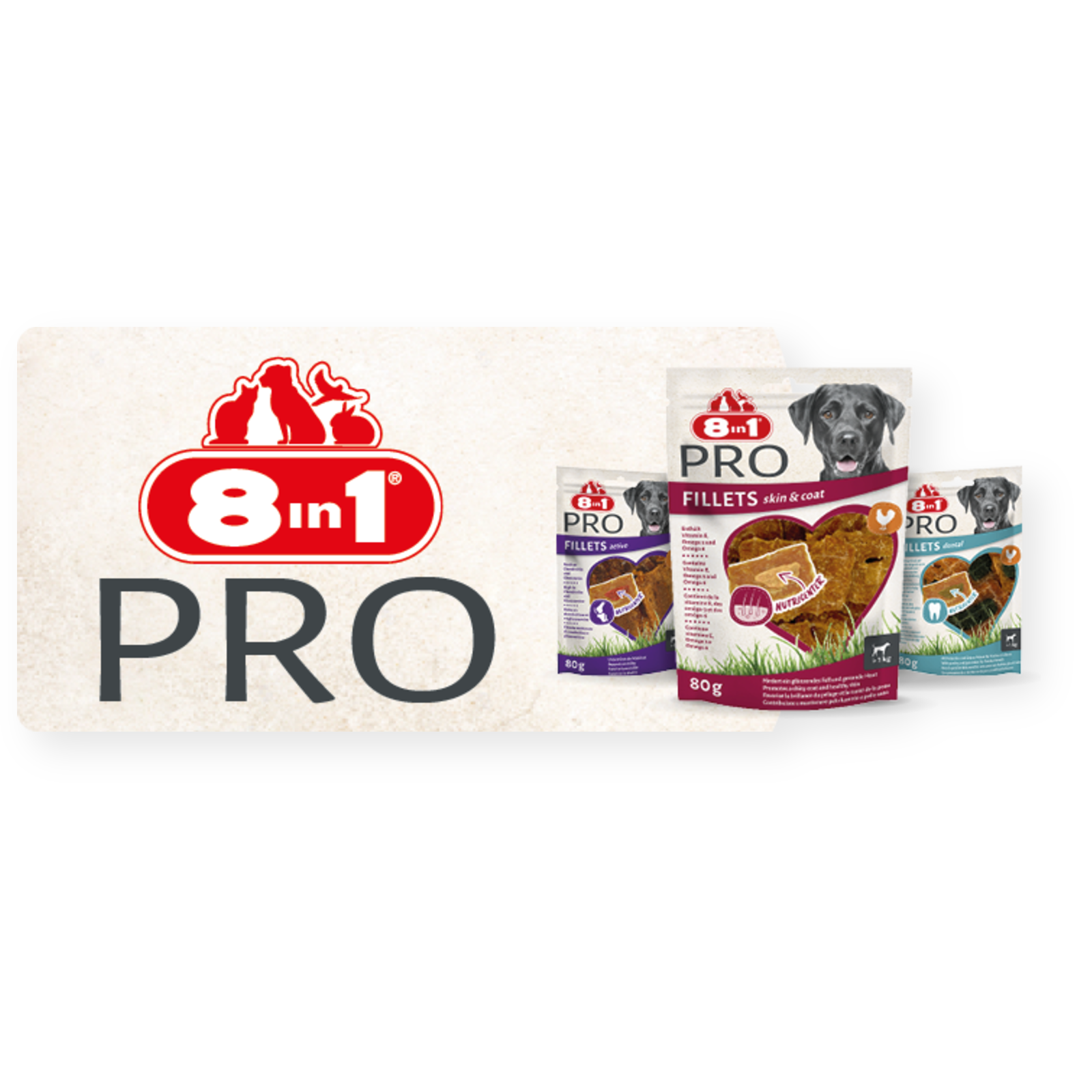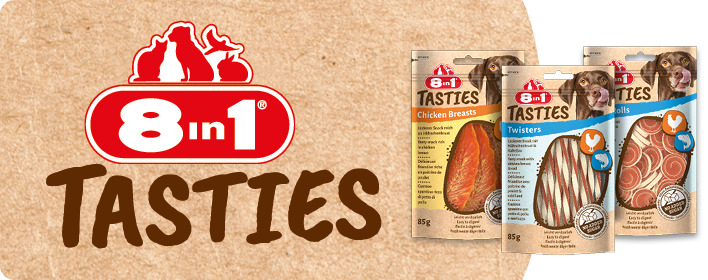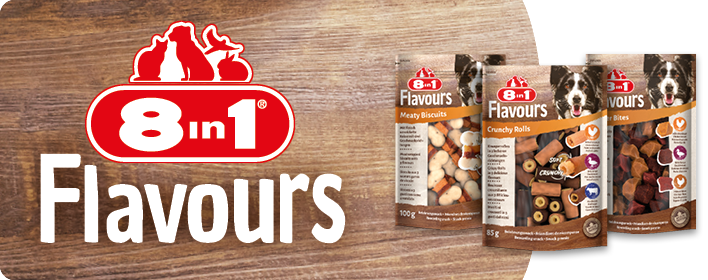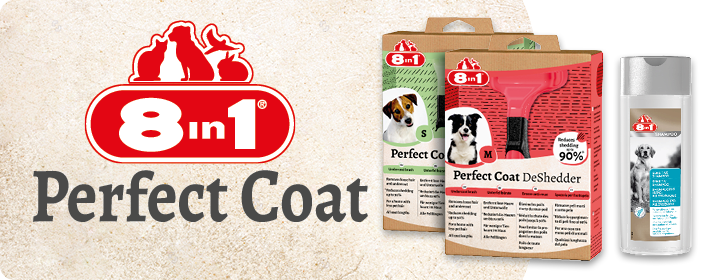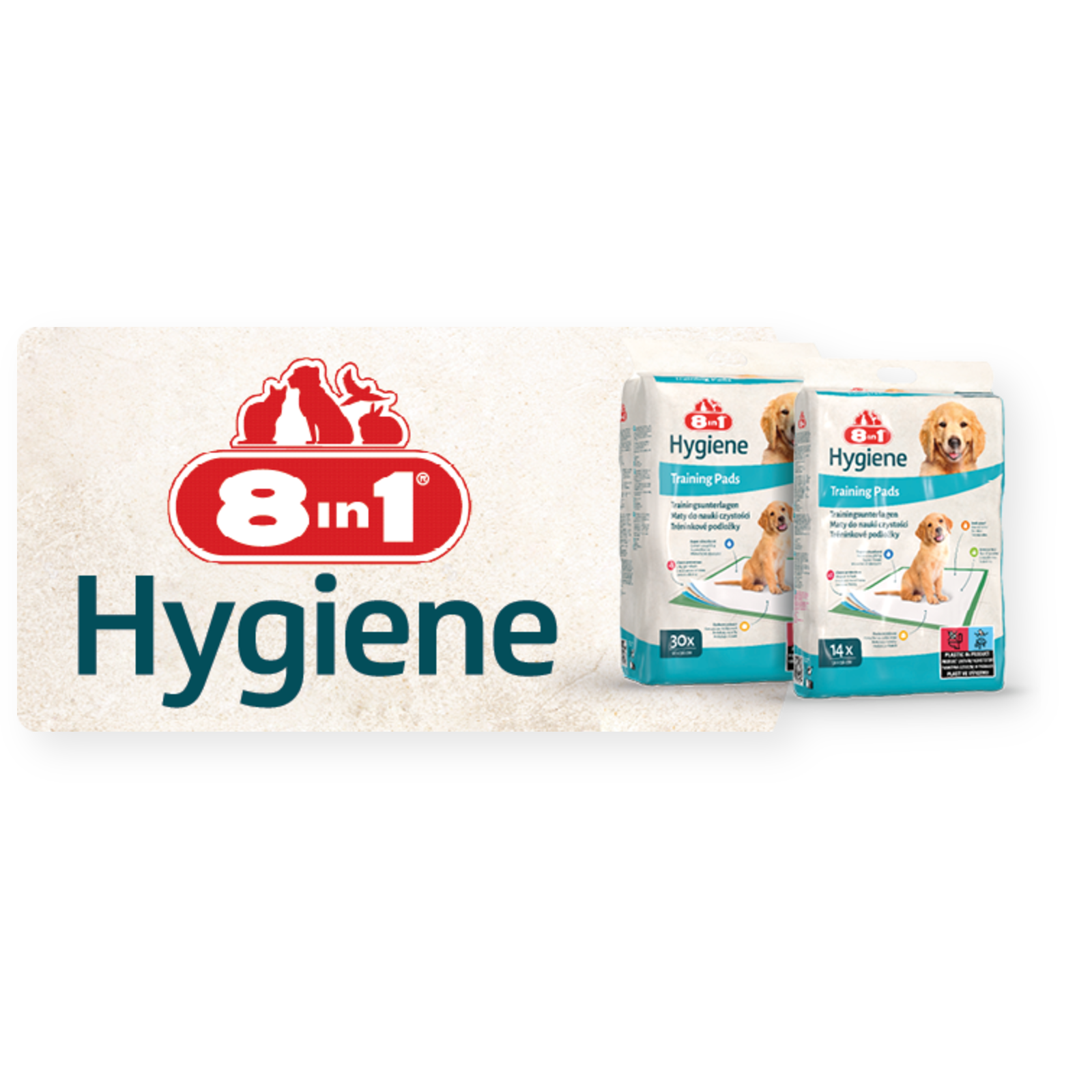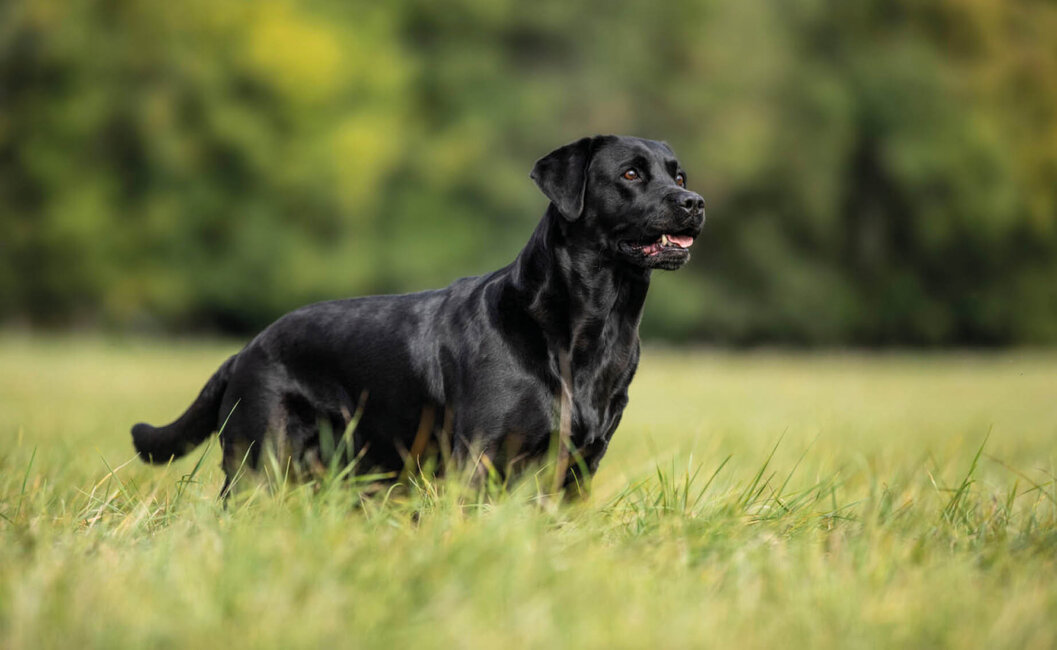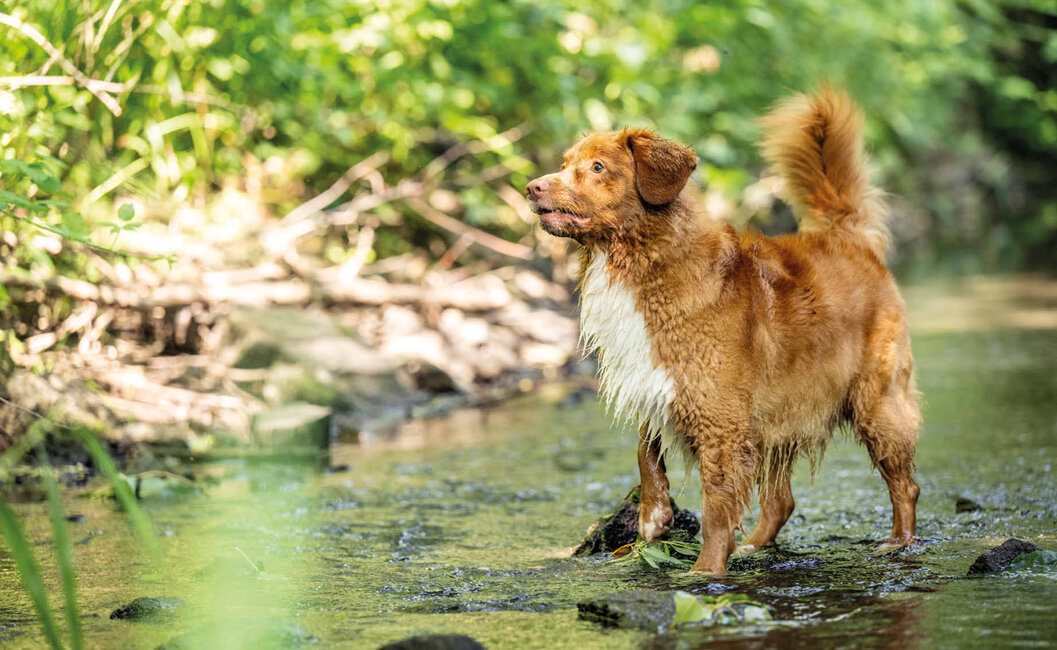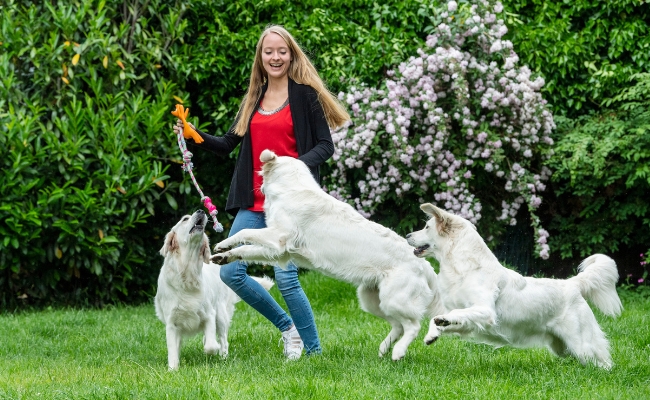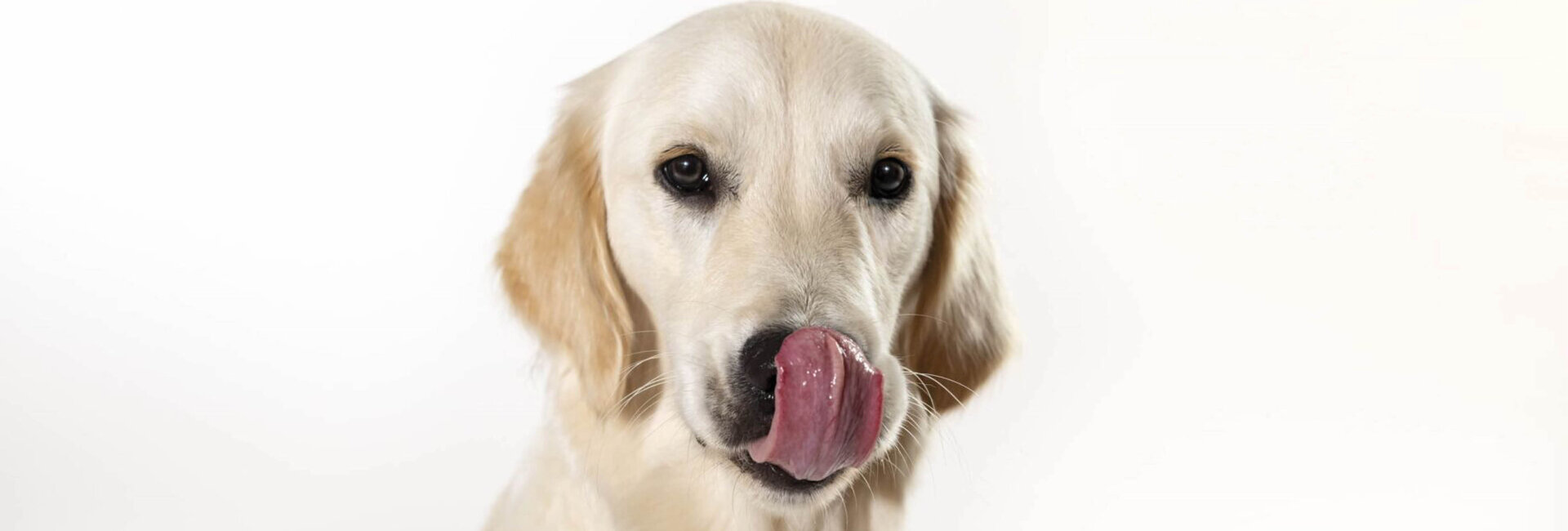


What should you do if your dog starts to gain weight?
People don’t get fat between Christmas and New Year; they get fat between New Year and Christmas! This saying may be aimed at humans, but it can also be applied perfectly to our four-legged friends, as more and more dogs are becoming overweight. Read on to find out how you can resolve this problem, what is important to consider when feeding your dog and which snacks are healthy for your four-legged friend.
When owners notice that their dog weighs far too much, it is vital that they start observing the animal’s eating habits and make detailed notes of what he consumes throughout the course of a day. Particular attention should also be paid to what he is secretly given in between meals, as every snack that the dog receives in addition to his main meals (whether dry or wet food) contributes to his daily calorie intake. For instance, we tend to underestimate how many calories there are in a piece of meat sausage slipped from the breakfast table or a little sausage given to the dog in the afternoon.
Particularly when several family members have the best intentions for their four-legged friend, the daily calorie intake often exceeds the dog’s requirements and he ends up becoming fat. However, the good news is that if the problem is recognised early on, it can be easily resolved with just a little more exercise and by stopping snacks in between meals. In doing this, a decision must be made as to what are considered to be pure treats, which could be removed from his diet, and what constitute chewy snacks, which can be used to occupy the dog in between meals and ideally offer additional benefits.
Chewing bones aren't "empty" calories
Many dog owners tend to assume that chewy bones are simply “empty” calories, which their dog can easily go without. However, chewy bones such as 8in1 Delights keep dogs occupied, satisfy their natural chewing instinct and help to promote healthy teeth. If given to your dog regularly, they help to care for his teeth and gums. Also, 8in1 Delights contain only 2% fat, so they don’t account for much of your dog’s daily calorie intake.
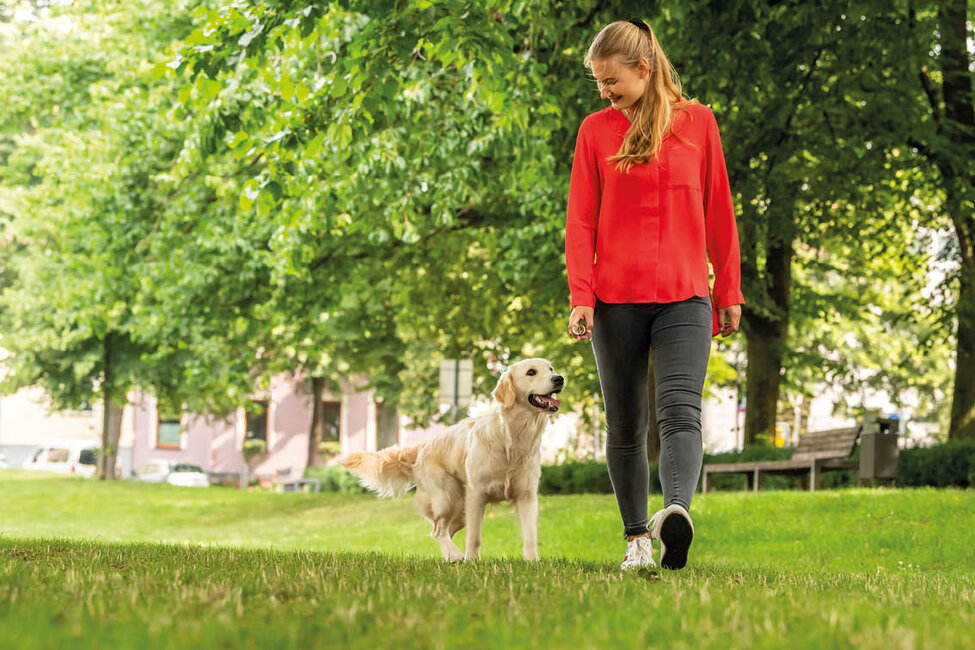
Give your dog your time!
Spending time together, whether with your partner, children or the dog, truly is a luxury in today’s often all-too-hectic world. This is why giving your dog some of your time is more important than any other gift under the Christmas tree. Take time out to spend with your dog, to go for a walk, to play, for him to roll around with other dogs, to run free without a lead (or at least on a long leash) and much, much more. Be sure to do this during the festive season and throughout the whole of next year. Your dog will appreciate this gift more than any other!




